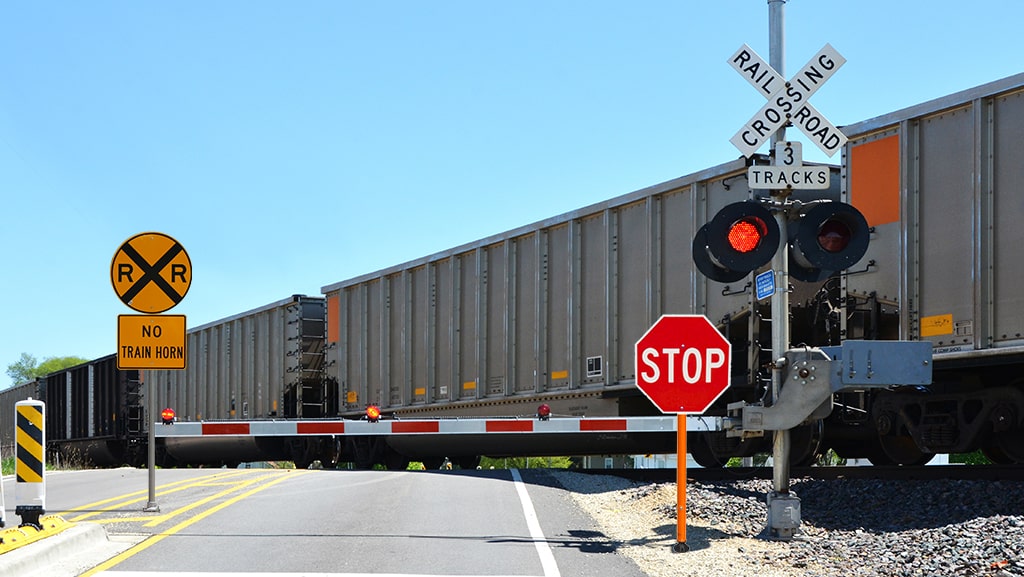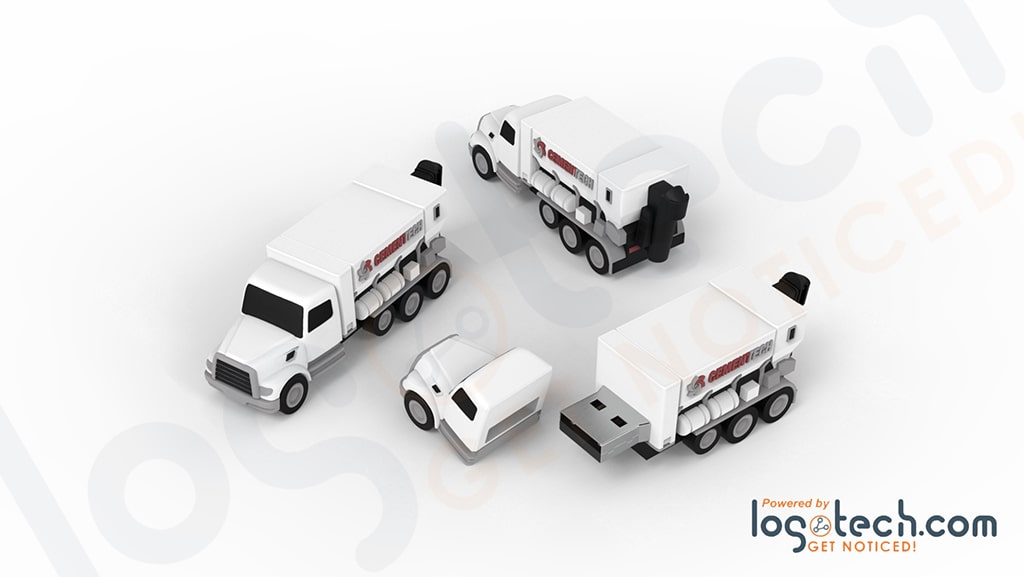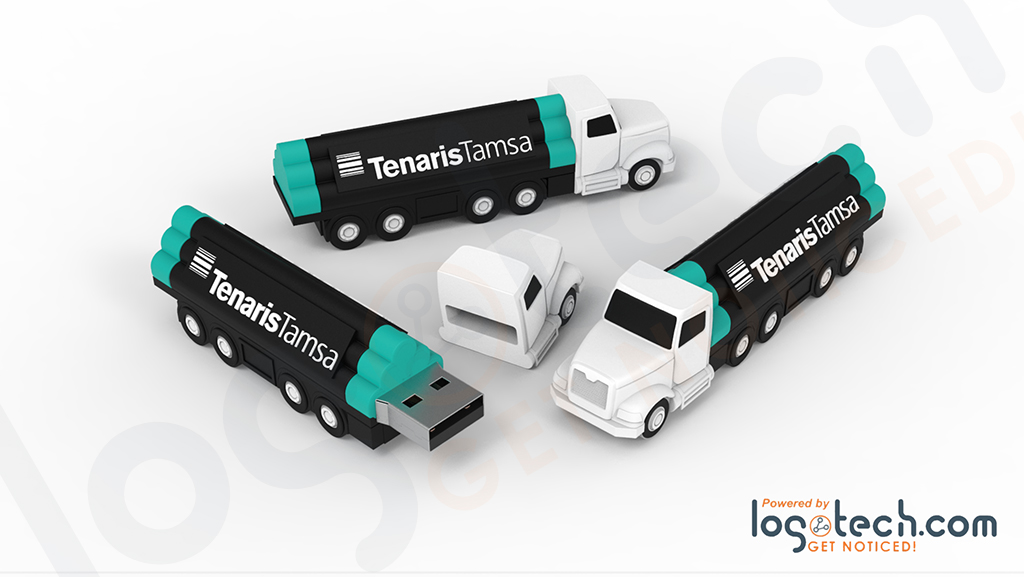
Opinion: Strategies We Should Use To Boost Railroad Safety
Creating a Comprehensive Strategy for Railroad Safety
Railroad safety, a topic of perennial importance, garners significant global attention. Considering the high stakes involved in transportation, ensuring safety at every junction, especially at railroad crossings, becomes paramount. Recently, a commendable stride was taken in the United States, where Missouri allocated $50 million to the Department of Transportation. The funds are earmarked to enhance passive railroad crossings and bolster overall railroad safety, which signals a commitment to protect lives and promote secure travel.
However, while this initiative is a significant leap forward, there are many areas that need to be further addressed to form a comprehensive approach to railroad safety. A multi-pronged strategy that covers the entire spectrum of railroad interactions can change how we perceive and ensure safety on the tracks.
Comprehensive Awareness Campaign
Raising awareness is often the first step towards affecting any meaningful change. A public awareness campaign targeting every person interacting with railroads can lay a solid foundation for enhancing safety! These campaigns should emphasize the importance of adhering to warning signals and exercising extreme caution around railroad tracks, instilling these concepts into the public psyche.
Additionally, these campaigns could be tailored to various audience demographics, ensuring the information conveyed resonates appropriately with different age groups and communities. A well-executed comprehensive awareness campaign for railroad safety can lead to more people understanding and respecting the dangers of passive rail crossings, thereby reducing the number of incidents.
Targeted Educational Programs
In addition to awareness campaigns, targeted railroad educational programs can help create safety consciousness. Schools and community centers can be leveraged to communicate crucial information. Educational programs in these spaces can range from teaching young children about the dangers of ignoring warning signals to explaining the potential repercussions of unsafe conduct around railroad tracks.
These structured programs can also create safe spaces for individuals to ask questions and understand the gravity of the risks associated with ignoring safety measures. By actively engaging with communities, these programs can ensure that safety norms are not just seen as rules imposed by authorities but as necessary guidelines to safeguard lives.
Collaboration with Local Communities
An integral part of addressing railroad safety is fostering strong relationships with local communities. These communities interact with the railroad systems daily and thus have firsthand knowledge of each region's unique safety challenges. By seeking their insights and including them in decision-making processes, solutions that cater specifically to localized needs can be developed.
Involving communities in railroad awareness provides more nuanced solutions and leads to stronger compliance with safety regulations. When individuals feel involved and see their input shaping safety protocols, it creates a sense of ownership and responsibility, further improving commitment to safety norms.
Data-Driven Decision Making
Harnessing the power of data-driven decision-making is vital to improving railroad safety. By systematically collecting and analyzing data from previous incidents and near misses, authorities can identify patterns and high-risk areas. This information allows for the efficient allocation of resources, ensuring that high-risk areas receive the necessary attention and preventative measures.
Moreover, this approach promotes a proactive safety culture. By spotting patterns and identifying risk factors, we can anticipate potential issues before they occur and implement preventive measures, thus reducing the possibility of future accidents.
Embracing New Technology
The tech revolution has created many tools that can be used to improve railroad safety. Cutting-edge technologies like advanced warning systems, sensors, real-time tracking, and even artificial intelligence, can play a crucial role in enhancing safety measures.
Smart tracks, for instance, incorporate technology to monitor railroad track health, predict potential issues, and notify relevant parties of any anomalies. Other advancements include automated warning systems that use sensors and geolocation to alert drivers and pedestrians of an approaching train. Integrating these technologies can dramatically reduce the likelihood of accidents at crossings!
Final Thoughts
While the recent plans in Missouri are a significant step, a more multi-dimensional approach could help ensure a substantial impact on railroad safety. By embracing strategies like awareness campaigns, educational programs, community collaboration, and adopting new technology, we can create an environment of heightened safety around railroads. Railroad safety is not just a responsibility of the authorities but a collective effort on behalf of every citizen. By embracing these suggestions, we can work together to safeguard lives and ensure efficient and secure travel on the railroad!
Frequently Asked Questions
Q: What are the latest innovations in train design for safety?
A: Modern trains incorporate crumple zones, fire-resistant materials, and advanced braking systems. They're also being designed with improved aerodynamics to reduce the risk of derailment during strong crosswinds.
Q: How does maintenance play a role in railroad safety?
A: Regular maintenance is vital. Wear and tear on rails, malfunctioning signals, or outdated equipment can all create accidents. Consistent inspections and timely upgrades are essential to ensuring long-term safety.
Q: How can individuals get involved in promoting railroad safety?
A: Individuals can participate by staying informed about rail safety guidelines, following warning signals, educating their peers, engaging in local safety initiatives, and supporting awareness campaigns!
Q: What organizations in the US are part of the railroad safety efforts?
A: Multiple organizations in the US handle railroad safety efforts. Notable organizations include the Federal Railroad Administration (FRA), which oversees regulations and safety standards; Operation Lifesaver, a nonprofit organization focused on raising public awareness about railroad safety; and the National Transportation Safety Board (NTSB), which investigates accidents and provides recommendations to enhance safety measures.







